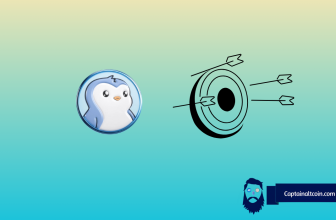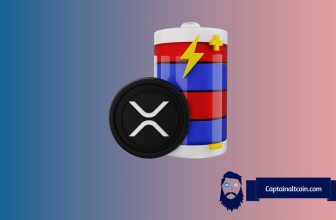
Cardano developer and CEO if IOHK Charles Hoskinson has been quite busy since the turn of the year. As the project moves towards implementing the Shelley update, one that is expected to bring several long-awaited features (like decentralization and staking), Hoskinson decided to hold another impromptu YouTube AMA and answer some popular community questions.
The AMA kicked off with Hoskinson addressing the Cardano internal workshop that was recently held in Berlin, Germany. The workshop wasn’t of public character and was visited by engineers from the IOHK, Haskell, Rust and Emurgo, all entities working on different aspects of Cardano. The purpose of the workshop was to discuss the internal specifications of Shelley, namely the delegation specification and formal ledger specification. He further explains that the team discussed other features of Shelley, including multi-asset tracking, extensions to the UTXO models, and the notion of preservation of data.
Next question he covered is how the project will get to Shelley from where Cardano currently is. According to Hoskinson, Byron will be retired with the update 1.5, which will also be the first time we’ll see Shelley-related code implemented into the Cardano mainnet. As a reminder, Cardano is currently on its 1.4 version, with work being done on releasing the 1.4.1 to fix some lingering issues.
Shelley will be gradually brought into existence through future updates, putting core infrastructure in place that will enable a process that should gradually decentralize the network, epoch by epoch. Ouroboros BFK and 1.6 Cardano update (bringing decoupled wallets) are the first infrastructure pieces that will be implemented in Shelley and will be important steps on the road of implementing staking features into Cardano, explains Hoskinson.
He also addressed staking pools and the ways the project intends to build them up. Explaining that this is a lengthy process which requires that those who want to stake will need time, information and exposure, Hoskinson further adds that Rust Cardano is currently working to deliver a testnet possibly sometime in February that will start off this process. He explains that the efforts of Rust and IOHK on developing staking features will eventually be merged in the Cardano 1.8 update, and this is when staking is expected to go live on the Cardano network.
Check out our list of most used litecoin wallets.
Hoskinson further touched upon some other topics, including (summary of topics provided by Twitter user @adatainment):
- Gradual decentralization
- Plutus, Marlow, extended UTXO, mockchain
- Multi asset, staking rewards, terminal support, API extensions
- Threshold Multi Signature (TMS), lite client, sidechains, very fast bootstrapping
- What makes Cardano super competitive in 2019
- Fairness of POS vs POW
- Daedalus dApp platform
- Satellite staking pools/backbones and alternatives
- Possible password corruption edge case with Daedalus
- If Crypto Kitties would be ported to Cardano would it be sizably better? (scalability, TPS, trade-off between throughput and latency)
- Will the project be patenting its technology
- Does he know jiu-jitsu
- Is it possible to tokenize intellectual property rights on Cardano? (non-fungible assets, DRM in games)
- When can we expect Daedalus support for Ledger
- When docker images? (docker image is an easy way to provide and execute code, like for stake pool nodes)
- Embedded images on old address styles
- Tripoli Symposium
- Cardano blockchain deployment Ethiopia, MOOC
Hoskinson delivered the answers to these topics in his well-known, calm and collected manner. While some praised him after the AMA there were a few dissenting voices who had words of criticism citing the general vagueness of the updates, lack of actual tangible improvements, and the recent failure of ETC (project developed by IOHK and heavily shilled by Hoskinson) as the main things to hold against the lead developer of Cardano. This naturally didn’t ruin Mr. Hoskinson groove, who even found time to bask in the misfortunes that Ethereum recently found itself surrounded with.
This and other Cardano updates always seem to raise the always lingering dilemma: is Cardano moving too slow or is the academic, pedantic approach the right path to choose? There is no right answer here as it depends on your personal preferences, mostly time-wise. If you are a high-time preference trader looking for short term gains, ADA is not a project you keep track of as their updates are unspectacular, project leaders don’t push and hype the coin and the community is actually above average in terms of crypto knowledge and understanding which makes it resilient to fluff and empty pump and dump schemes.
If you are a long-term value investor, ADA is definitely high on your list as their path is a proven one: when building something as big as “the new internet”, you have to move at glacial pace, triple check everything, make standards for others to follow, encourage meticulous peer reviews while also keeping community engaged and alive through the “boring” phase of building the project.
You can check out the AMA in its entirety here.







“Too” not “to”